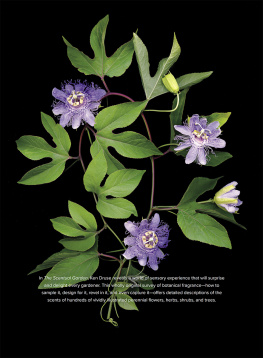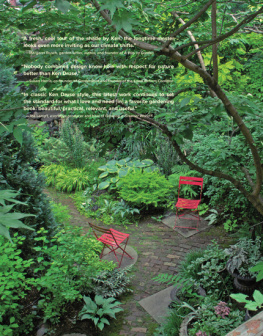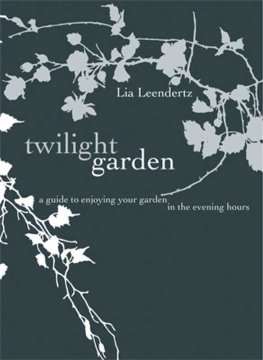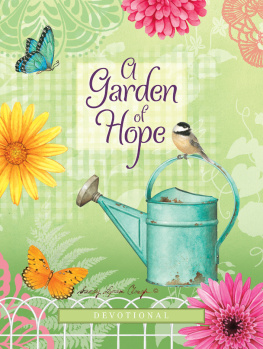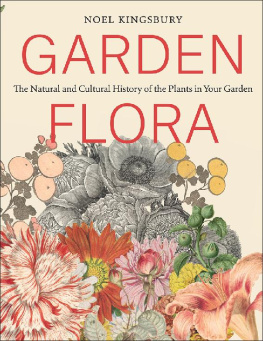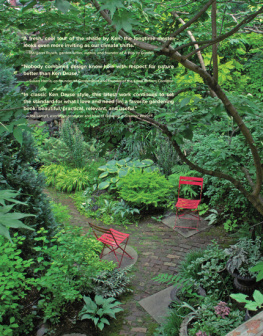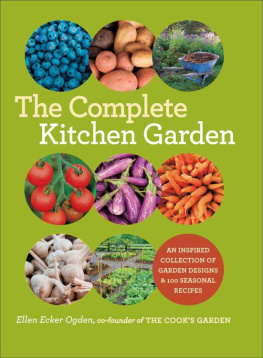Contents
Landmarks
Page List
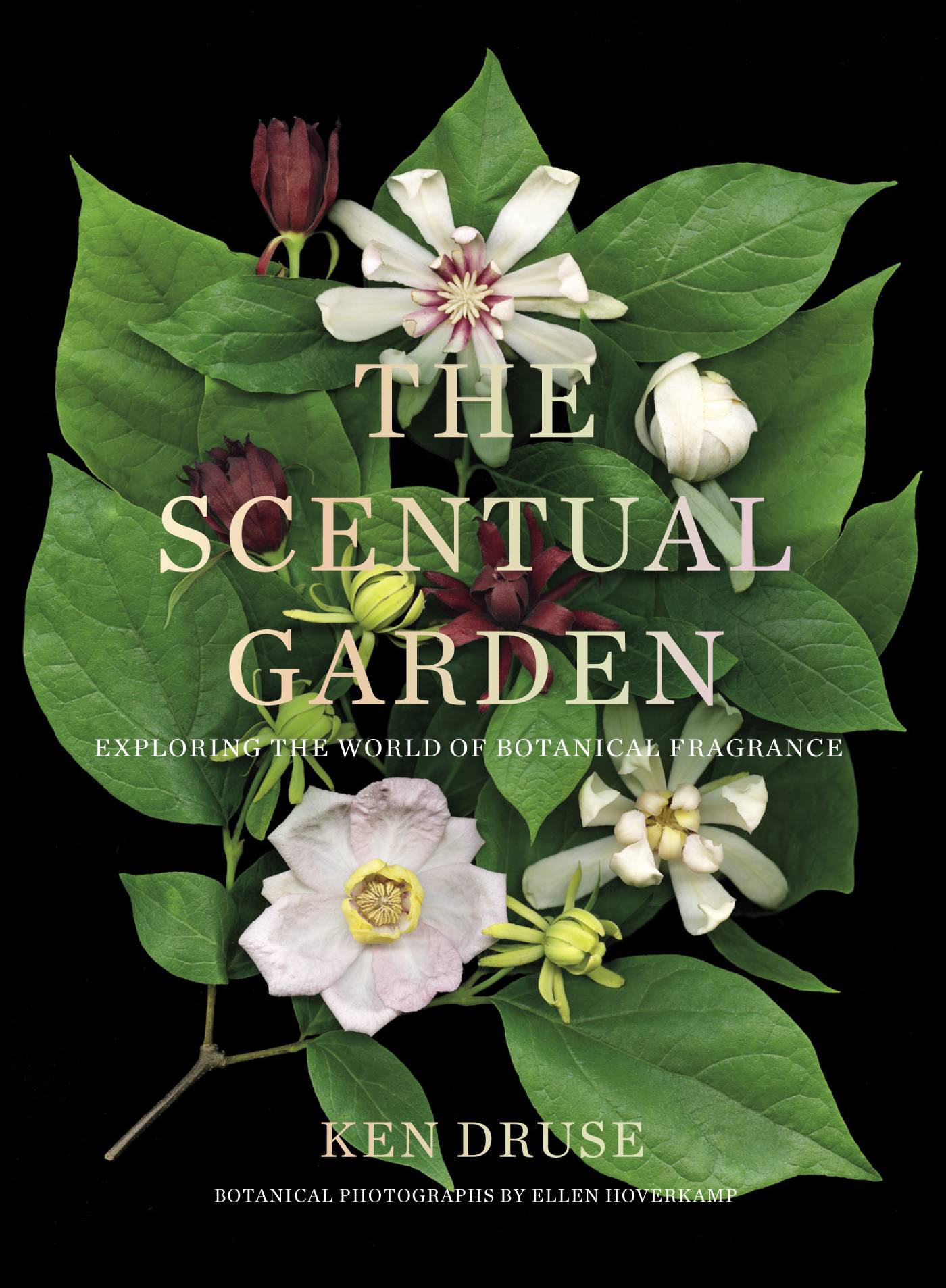


Clockwise from far left: Sweet fern; garden phlox; pink rose; chaste tree (Vitex agnus castus); scented geranium leaves; passionflower (Passiflora alato-caerulea); Hydrangea arborescens Invincible Spirit; Daphneburkwoodii Moonlight; Clethra alnifolia Ruby Spice


The leaves and stems of Russian sage, Perovskia atriplicifolia, smell medicinal, oily, and bitter, but also like rosemary when dried.

Masses of fragrant white flowers open from red buds on the multi-trunk small tree Maluszumi var. calocarpa, which I grew for a bees-eye view, and smell, beside the secondstory porch.
Contents
THE INVISIBLE GARDEN
WHY PLANTS SMELL / HOW WE SMELL
CAPTURING SCENT
AN ENCYCLOPEDIA OF FRAGRANT PLANTS
SCENT IN THE LANDSCAPE

My garden in New Jersey, where scented purple allium and red and yellow echinacea line the path, and fragrant phlox bloom in the distance.

The flowers of the sweet pea, Lathyrus odoratus, are famed for their perfume, but modern hybrids rarely smell.
THE INVISIBLE GARDEN
When I come across a beautiful flower, the first thing I do (after checking for a bumblebee) is lean in to sample its smell. If there is no perfume to share, I find the blossom somewhat lacking. Flowers with fragrance create a full experience. Stroking an herbs leaf, or just brushing against an aromatic plant spilling into the path, transports me to a richer world.
But how many of us consciously take that powerful potential into account when were shopping or designing? Botanical fragrance is exhilarating though, sadly, often underutilized. And no wonder, since we gardeners are barely acquainted with the complex dimensions of scent.
I thought I knew quite a bit until I dived into the adventure that resulted in The Scentual Garden.
When describing a species or variety, most catalogs and reference sources will simply say fragrant when scent is a factor. I wanted to know more and say more, and thats the goal of this book: to describe the way plants smell. The problem may lie not in distinguishing scents when we meet them but in lacking the vocabulary. Weve named a thousand colors, for instance, from scarlet to puce. But words to categorize plant fragrances are hard to come by.
To fill this gap in our botanical knowledge, Ive created a guide to fragrant plants, grouping them into twelve master categories by scent (see ). The categories I developed are to some extent informed by perfumers classifications but adjusted for the garden and my own nosea subjective point of view. (Depending on the source, the descriptive olfactive perfume families include green, fruity, citrus, herbal, floral, woody, musky, and oriental.)
Most plants have a blend of odors. Ive picked what I perceive as the primary scent of each plant as my organizing principle; others perceptions may differ. And by broadening the vocabulary that I use to describe different plant scents, I hope to evoke the enormous range of associations that they arouse in us.
I suppose some gardeners think plants should be left to speak for themselves: Roses smell sweet. But what about when the garden beds are covered with snow? Or when we try to tell a friend about a plant when he or she is far away, or describe how a plant smells in a book or catalog or to the visually impaired? Even seasoned gardeners can be at a loss for descriptive words. For instance, what do lilies smell like?
Part of my aim in creating The Scentual Garden was to go beyond fragrant and sweet. Is the fragrance strong or faint? Is the smell sharp or sour? Does the scent of a newly opened blossom change when the blossom is fading? Can you describe it? For the most part, youll think of analogies. What does the aroma remind you of? Caramel, pine, clove, or Twizzlers?
I recently sampled flowers all around a Magnolialoebneri Merrill tree in full bloom, for example. The fresh white starburst flowers smelled clearly of citronella. But the older, fading blossoms, with decaying petal points tinged brown, smelled like cola. Fresh, delicate, decaying, citronella, cola, butterthese descriptive words tell me more than sweet, and they, with the added factor of time, create a four-dimensional image of what the plant looks and smells like.
This book advocates that you expand your lexicon, and your scentual catalog, starting on a new path of paying added sensory attention to each plant choice. Putting aside color or form or texture, can we close our eyes and let our noses lead us to create more dynamic, exhilarating gardens for all seasons? Fortunately, there is something to smell and restore the spirit in every month of the year. There are flowers, leaves, and even twigs to gather outdoors from late winter through fall, and fragrant plants indoors at the windowsill or in the greenhouse. These days, there are scented cut flowers from the florist or supermarket in just about every town year-round.

Clockwise from upper right: White Magnolia denudata; pale yellow M. Pristine buds; pink M. loebneri Leonard Messel; open star magnolia M. loebneri Merrill, which initially smells of citronella but fades to cinnamon and cola.
Ive written books on gardening and taken photographs that I hoped would communicate what I see. But I havent had an opportunity to share what my nose knows, until now. In this book, I do my best to describe botanical smells and recommend fragrant plants to collect. Of course, I couldnt include every scented plant. After all, there are thousands of fragrant rose varieties alone. But Ive brought together hundreds of flowers, shrubs, and trees. In my own photos, these species and varieties are shown where they grow, and, in her glorious photographs created on a flatbed scanner, my collaborator, Ellen Hoverkamp, helps you feel what it might be like to meet these plants up close and personal.
Some smells have a profound effect on me. I crush a leaf of mountain mint, for instance, and sniff its strong menthol smell. Its a clear, clean, supercharged, stimulating wake-up call that opens my nasal passages. Sniffing some flowers is calming and lowers my blood pressure, helping me to relax. Hospitals have found that the smell of vanilla may reduce stress during diagnostic proceduresit sounds good to me. Perhaps we can start to think of gardening with fragrant plants as the ultimate version of aromatherapy.

